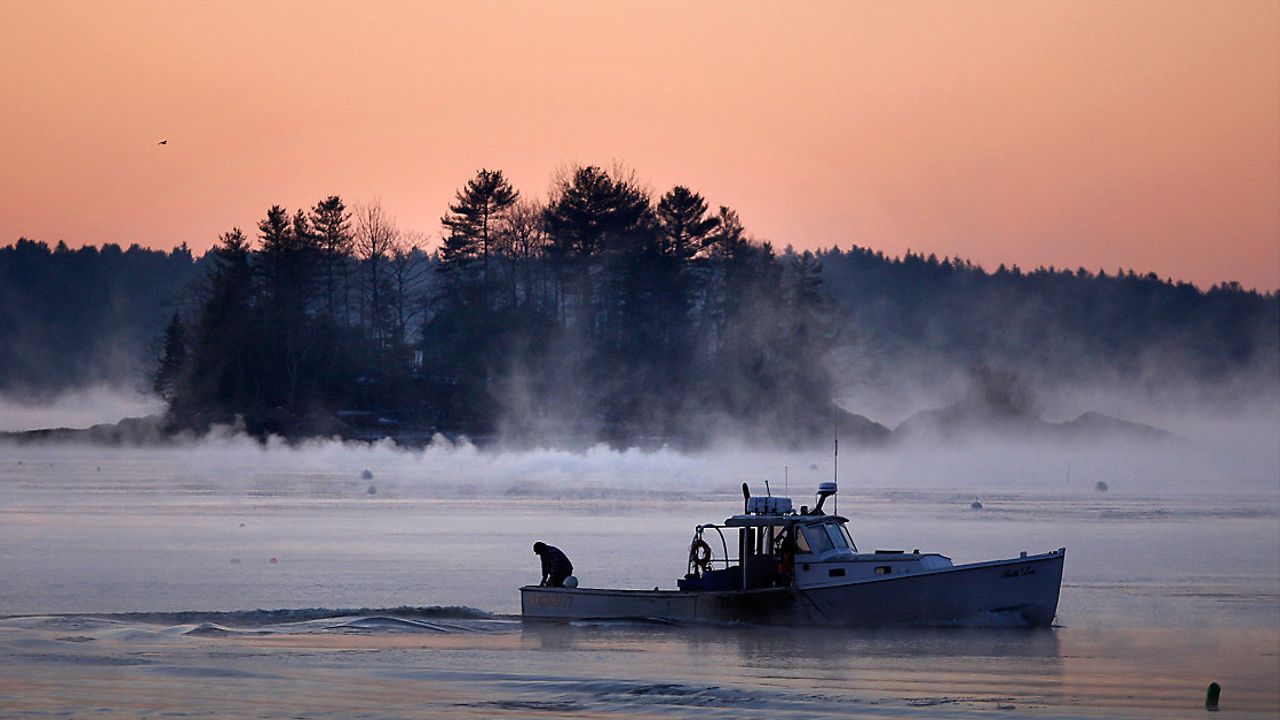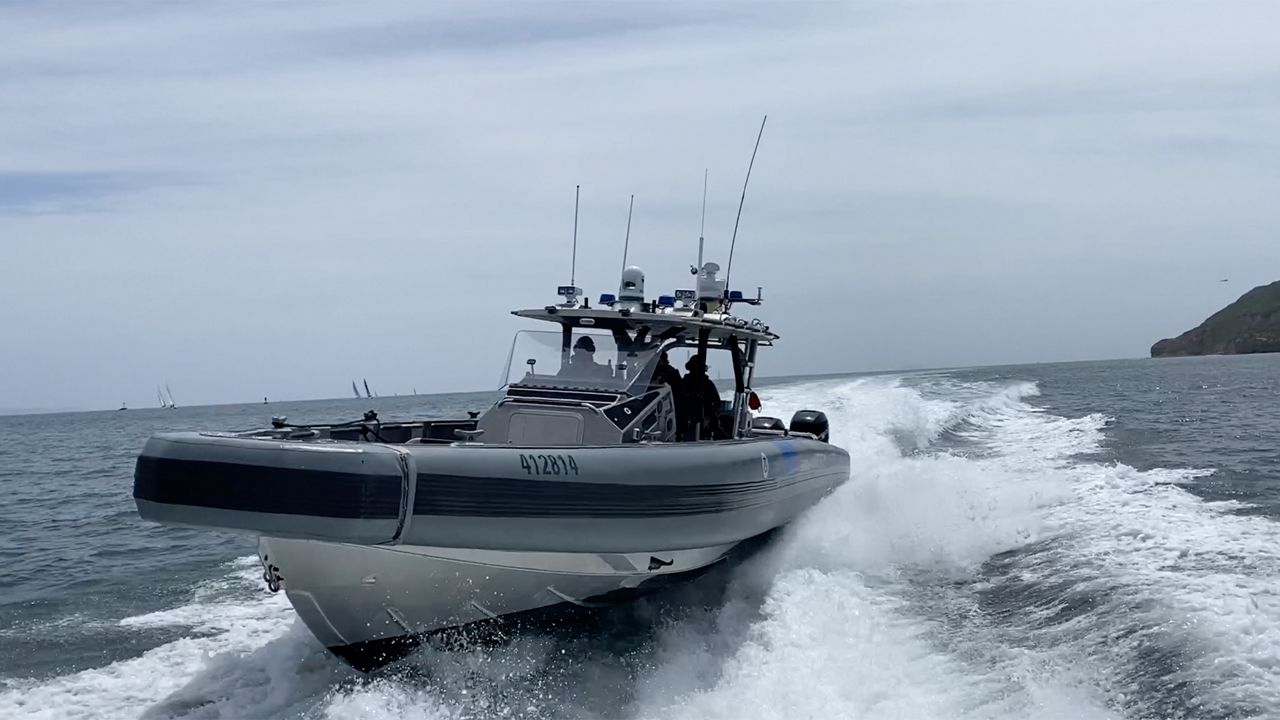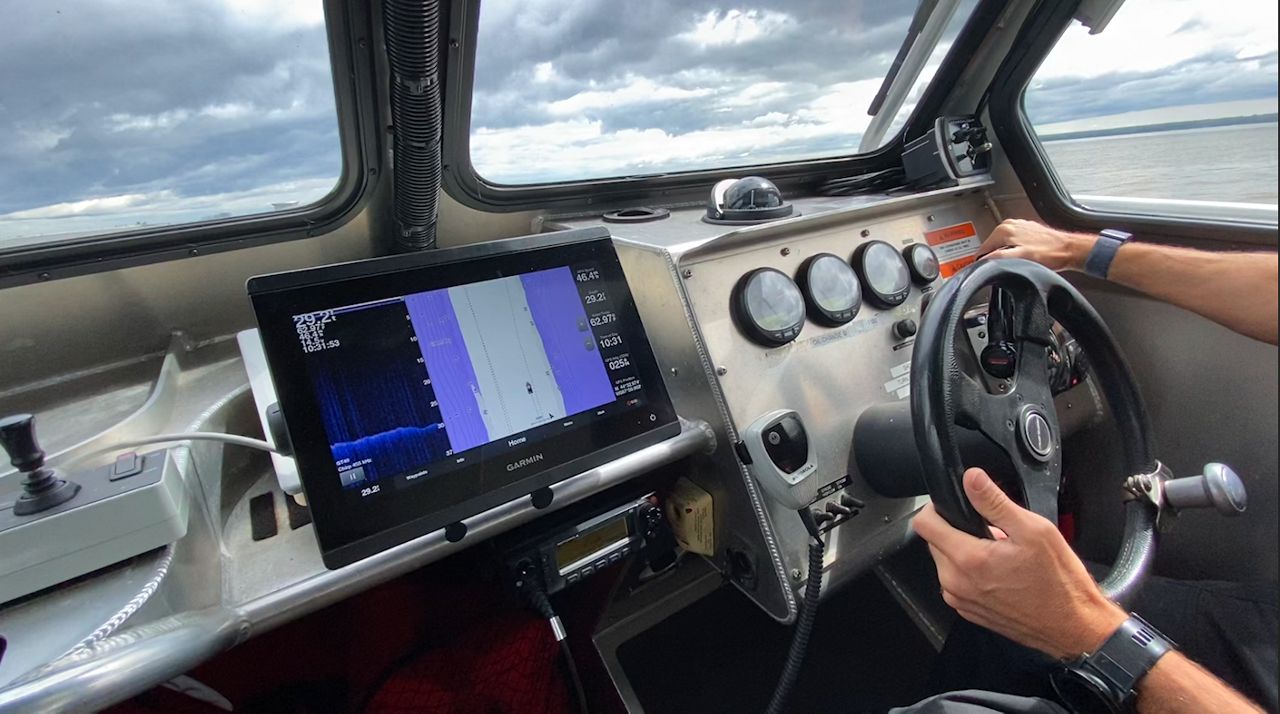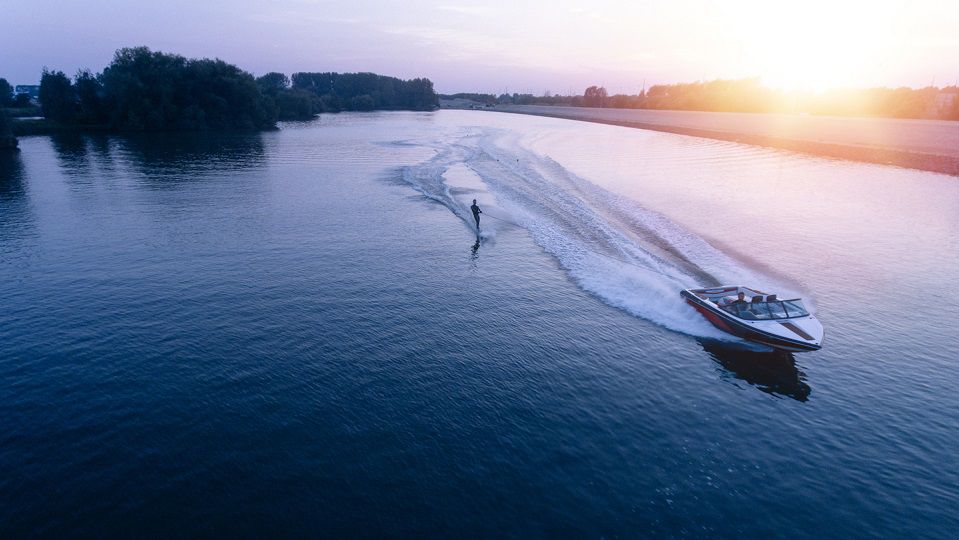It’s the boating season! The sun is shining and the temperatures are rising. Many will be hitting some of the local lakes to beat the summer heat.
Boating can be extremely fun and safe if done correctly. That’s why it’s important to have a plan of action for any type of weather situation. It's always better to be over-prepared. Especially through the summer months, the weather can change in a heartbeat.
Sometimes, you may need to react quickly to avoid danger.
A violent thunderstorm could rapidly develop, leaving you with little or no time to reach shore. In a worst-case scenario, you may even get stuck over open water.
The difference between life and death may be something as simple as understanding the proper way to handle the situation in an urgent manner.

Before getting on a vessel, you should always check the local forecast first. You should avoid boating, fishing or other water sports if turbulent or severe weather is on the way. You may need to adjust your schedule to steer away from these potential hazards.
If you're heading out over a larger body of water, always check the latest marine forecast for wave heights and swell information. Boating in rough seas can be very difficult and even life-threatening for inexperienced nautical enthusiasts.
Milwaukee Marine Forecast: https://www.weather.gov/marine/mkxmz
Green Bay Marine Forecast: https://www.weather.gov/marine/grbmz
Great Lakes Portal: https://www.weather.gov/greatlakes/

If the sky looks dark and you’re already out, have a reliable weather app that gives you storm alerts and lightning data. Many boats come equipped with a NOAA Weather Radio for immediate weather information. Always find the right channel before setting sail.
According to the National Weather Service (NWS), here are some helpful tips to stay safe for every type of weather hazard:
1). Thunderstorms with lightning
- Divers should get out of the water and get to safety. If that is not possible, dive as deep as possible for the duration of the storm or as long as possible.
- Stop all activities when there is lightning or when weather conditions look threatening. The first lightning strike can come out of a clear blue sky many miles ahead of an approaching thunderstorm cloud.
- If your boat has a cabin, stay in the center of the cabin. If you don't have an enclosed cabin, stay low.
- Keep arms and legs in the boat. Do not dangle them in the water. Water conducts electricity from lightning.
- Disconnect electronic equipment, including the radio, throughout the duration of the storm.
- Lower, remove or tie down the radio antenna and other protruding devices if they are not part of a lightning protection system.
- If lightning strikes someone, perform CPR immediately if needed. Victims do not carry an electrical charge after being struck. There is no danger to you in offering emergency aid.
- If lightning strikes a boat, or you suspect lightning struck it, check the electrical system and the compasses to ensure that no damage has occurred.
2). Fog
- Slow down to avoid collisions.
- Turn on all of your running lights, even in the daytime.
- Listen for sounds of other boats that may be near you or for fog horns and bells from nearby buoys.
- VHF NOAA Weather Radio should broadcast important information concerning the formation, movement or dissipation of the fog. Pay close attention.
- If your vessel has radar, use it to help locate dangers that may be around you.
- Use GPS or a navigation chart to help get a fix on your location.
- If you cannot get your bearings, stay put until the fog lifts, but make sure you are in a safe location.
- Be familiar with horn and bell sounds you should produce to warn others around you when in dense fog.
- Have a compass available. Even if you don't know where you are in the fog, with a compass, you can determine the direction you are navigating.
3). Cold water
- Always wear a life jacket in and around the water.
- Always dress for water temperature, not for air temperature.
- Some examples are: wet suit, dry suit, immersion suit, survival suit and exposure coveralls
- Carry an Emergency Position Indicating Radio Beacon (EPIRB), personal locator beacon (PLB) or VHF Radio.
- File a float plan with someone you trust. The plan should include details about the trip, boat, passengers, towing or trailer vehicle, communication equipment and emergency contacts.

In addition, make sure your boat has the required safety equipment and communications tools.
1). Life Jackets
- Wearing a life jacket is one of the most effective and simple life-saving strategies for safe recreational boating.
- Boaters are required to have a U.S. Coast Guard-approved life jacket on board for every passenger on their vessel.
- Find more info at www.safeboatingcouncil.org
2). Fire Extinguishers
- U. S. Coast Guard approved, marine-type fire extinguishers are required on boats where a fire hazard could occur from the engines or fuel system
- When required, boats less than 26 feet must carry at least one B-I, Coast Guard approved fire extinguisher. Boats 26-40 feet must carry two B-I or one B-II Coast Guard approved fire extinguisher(s). Boats 40-65 feet must carry three B-I or one B-II and one B-I Coast Guard approved extinguishers.
- Check your fire extinguishers at least once a year to ensure they are properly charged, stored and undamaged.
3). Communication
- Always inform someone of your whereabouts
- Have a charged cellphone
- Bring a weather radio with fresh batteries
- Have multiple ways to receive communication
Enjoy summer and please be smart. By following these simple safety procedures, you should be able to enjoy many more water excursions in the future.



